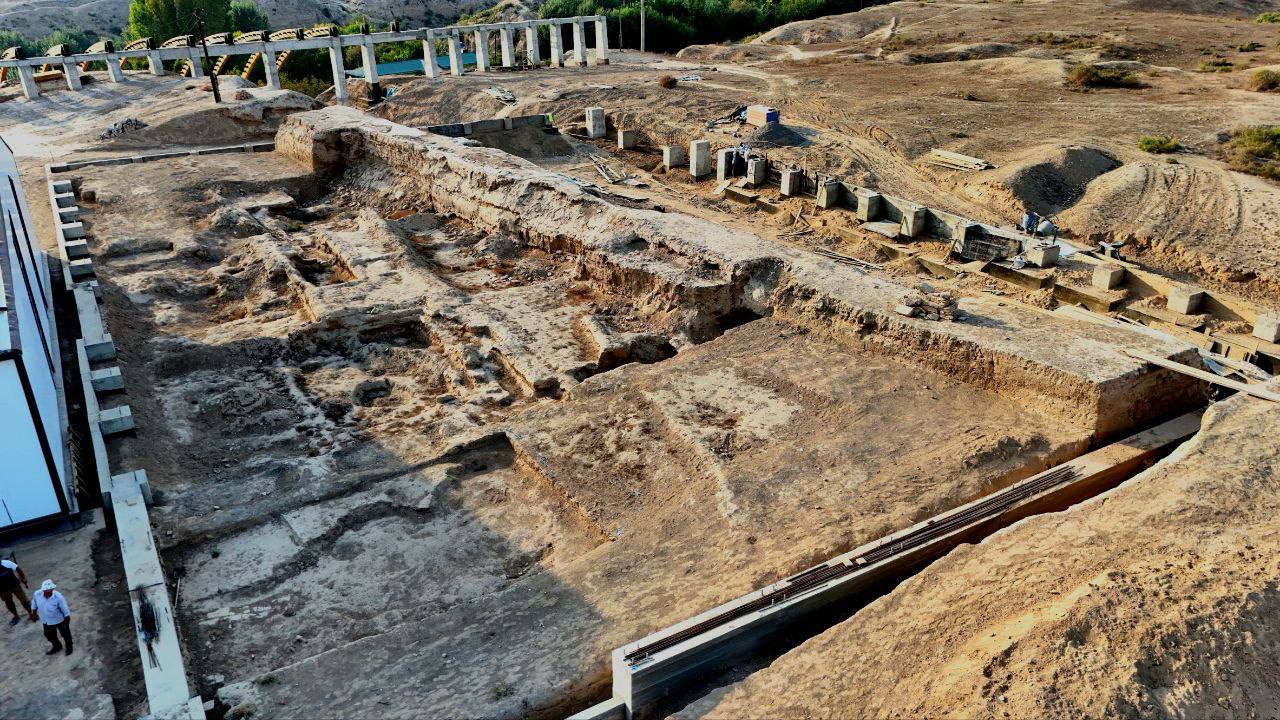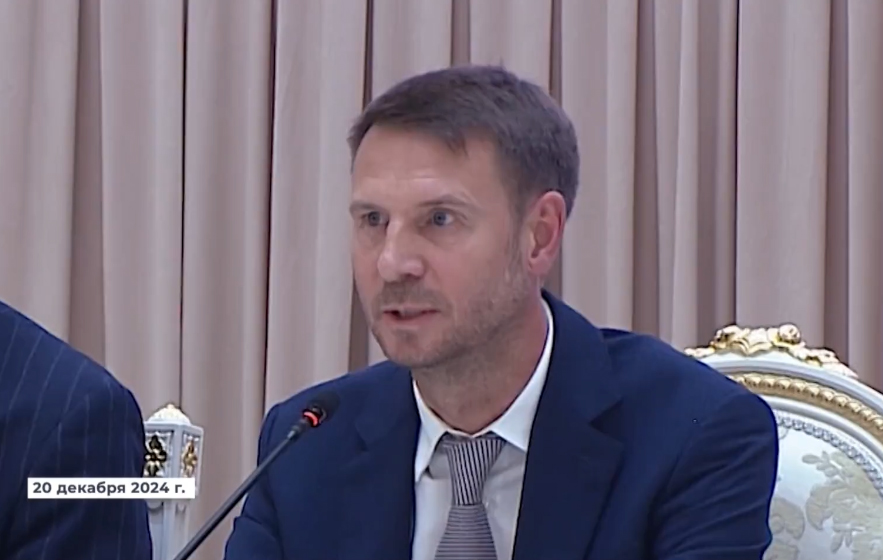This article is also available in:
Русский (Russian)
A recent archaeological discovery in Uzbekistan has become a sensation for both scientists and history enthusiasts. During excavations, Uzbek archaeologists uncovered a building with a unique underfloor heating system, estimated to be around a thousand years old. This discovery demonstrates the advanced engineering skills of the ancient builders of Central Asia.
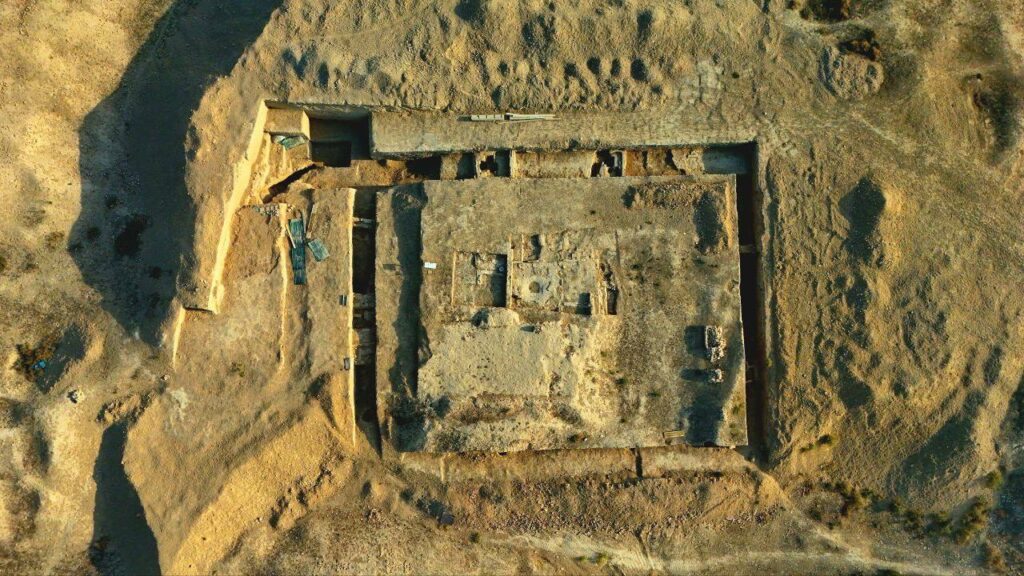
The building was found at one of the archaeological sites in Akhsikent, an ancient city in the Fergana Valley that played an important role in the region’s history. The uniqueness of the find lies in the fact that a complex heating system was discovered beneath the building’s floor, presumably used to maintain warmth during cold seasons. This technology, known as a hypocaust, used hot air circulating beneath the floor to heat the rooms. For its time, this system was highly advanced and rare.
Archaeologists also discovered a staircase 2.3 meters wide. At a depth of four meters, they uncovered intact arched structures of a mysterious underground passage. After 10,000 cubic meters of soil had been removed, 12 steps of the staircase were revealed. Seven meters east of this point, archaeologists encountered two more unique underground corridors. According to preliminary data, both arched passages might be connected to the initially discovered large road.
Interestingly, all the passages remained intact and were constructed using arched designs made of durable brick, executed with elegant precision reminiscent of metro systems.
The age of the find is estimated to be around a thousand years, and scientists associate it with the 11th-12th centuries, which is confirmed by architectural elements and other artifacts found at the site. According to experts, this discovery points to the high level of architectural development and comfort in the buildings of that era.
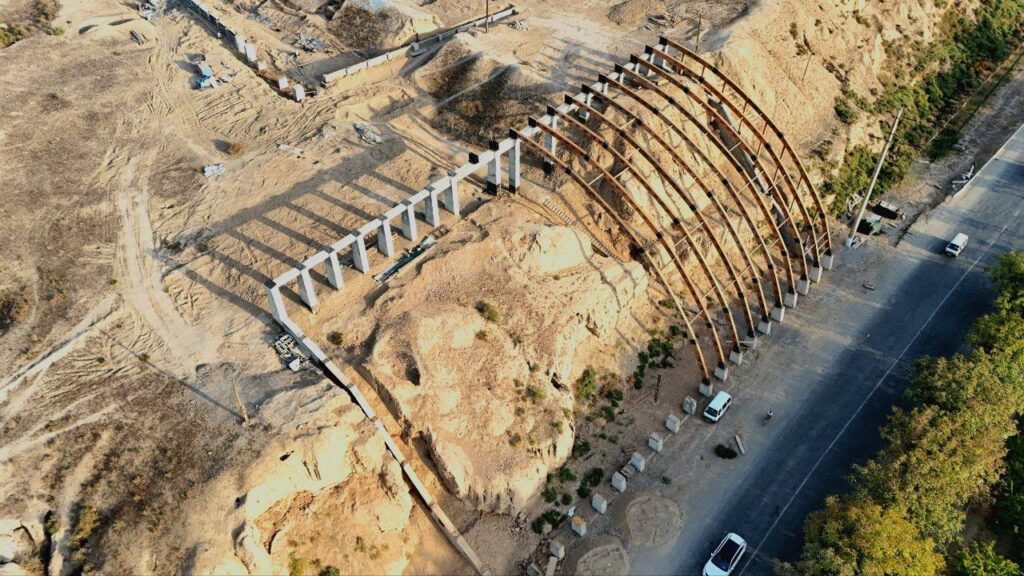
In addition to the underfloor heating system, archaeologists also uncovered an unusual Italian-style sink, ceramic pipes, and remnants of a plumbing system, which suggests that the building was not only used for residential purposes but may have also had important social or cultural significance. It may have served, for example, as a bathhouse or a public building where advanced engineering solutions were applied to create comfortable conditions.
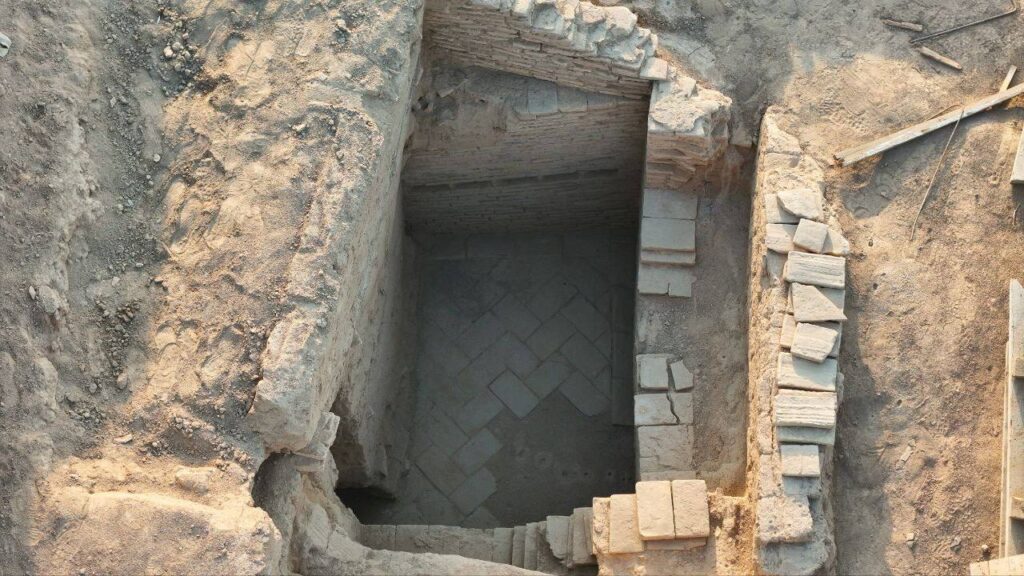
Experts note that this discovery makes a significant contribution to understanding the standard of living and technologies used in Central Asia at that time. Further research may shed light on the architectural and domestic features of the ancient society.
The importance of this discovery extends far beyond archaeology. It proves that as early as the Middle Ages, advanced engineering solutions and attention to comfort in daily life existed on the territory of modern Uzbekistan. Such finds help reconstruct the historical picture of the past and show that technologies we consider modern were in use many centuries ago.
In the near future, the archaeological team plans to continue excavations in this area to reveal more details about the building and its significance for the ancient civilization of Central Asia. Additionally, Akhsikent will be visited by a National Geographic film crew, who will produce a documentary about this unique historical site.
The text has been translated by AI. For more accurate information, please refer to the Russian version of the article

